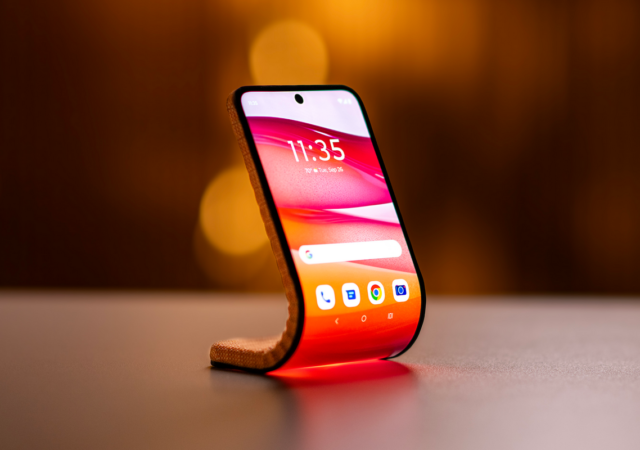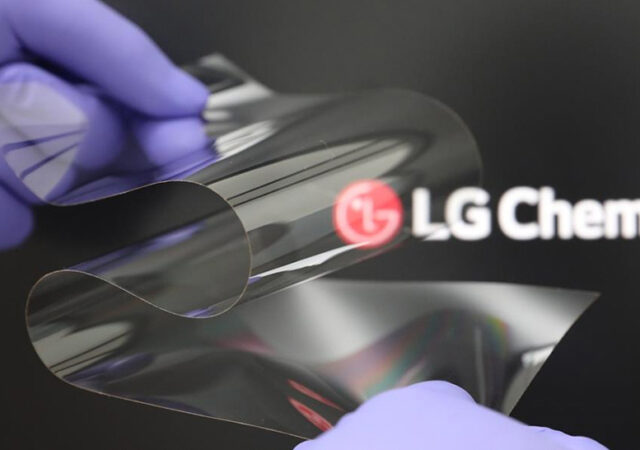Motorola is definitely not a stranger to the smartphone world. In fact, at one point, the company was known for its innovations in the smartphone industry. Now, as a subsidiary of Lenovo, Motorola is flexing its chops again with an…
LG Develops the ‘Real Folding Window’, a Folding Glass Beater, Coming to Smartphones in 2023
LG announced their new flexible ‘glass’ technology, the “Real Folding Window” to protect next generation folding displays in 2023.




